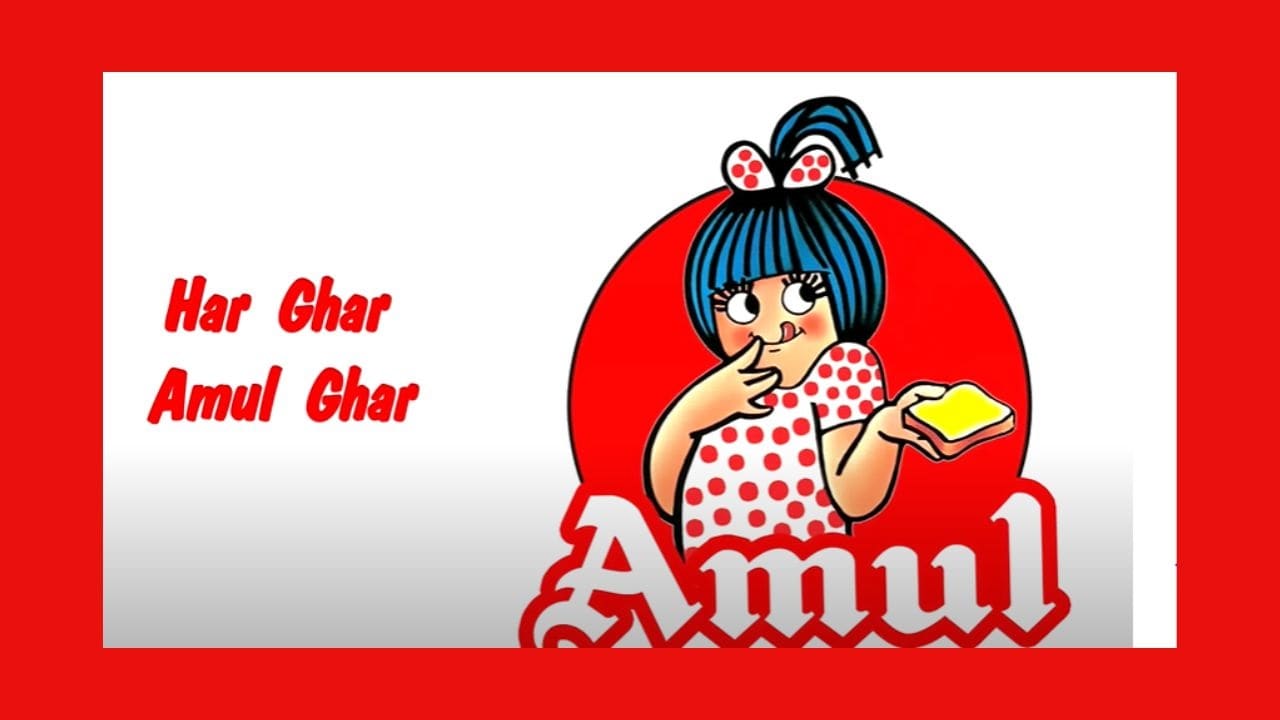Amul, the renowned dairy cooperative, recently celebrated its golden jubilee, marking fifty years of transformative impact in India’s dairy industry. Established in 1946, Amul has pioneered fair practices and innovation, becoming a cornerstone of the nation’s dairy landscape. From its cooperative beginnings in Anand, Gujarat, Amul has grown into a symbol of excellence, serving consumers with a diverse range of high-quality dairy products. As it reflects on its remarkable journey, Amul remains committed to innovation, sustainability, and empowering stakeholders across its supply chain.
On Thursday, Prime Minister Narendra Modi unveiled five projects worth Rs 1,200 crore during the Golden Jubilee celebration of the Gujarat Cooperative Milk Marketing Federation (GCMMF), the organisation behind the Amul brand. These projects include the establishment of a modern cheese plant at Sabar Dairy, a long-life tetra pack milk plant at Amul Dairy in Anand, and the expansion of chocolate and ice cream manufacturing facilities. Prime Minister Modi commended Amul, remarking that while numerous brands have emerged in India since independence, none have matched Amul’s stature in terms of trust, development, public participation, farmer empowerment, and inspiration for Aatmanirbhar Bharat.
1946: Foundation and Cooperative Beginnings
In 1946, against the backdrop of a developing independent India, Amul was established as a dairy cooperative in Anand, Gujarat. This initiative emerged as a response to the exploitation faced by milk producers in small towns, particularly at the hands of the Polson Dairy. The situation prompted the formation of the Kaira District Co-operative Products’ Union in Anand, which laid the groundwork for what would become Amul. Spearheaded by visionary leaders and driven by the need for fair practices, Amul embarked on a journey that would transform India’s dairy landscape.
1948: Growth and Expansion
The cooperative movement gained momentum rapidly. Initially supplying milk for the Bombay Milk Scheme, Amul quickly grew its network, attracting hundreds of farmers to join its ranks. By the end of 1948, the cooperative boasted 432 farmers contributing to its operations. However, with growth came challenges, notably the surplus production that strained existing distribution channels. In response, Amul pioneered innovative solutions, including establishing facilities for converting surplus milk into valuable products like milk powder and butter.
1966: The Birth of Iconic Advertising
The year 1966 marked a pivotal moment in Amul’s history with the appointment of Sylvester da Cunha to spearhead its advertising campaigns. Under his creative stewardship, Amul introduced a series of iconic hoardings featuring witty and topical advertisements centred around Amul Butter. This campaign, featuring the endearing Amul girl, captured the imagination of the nation and set a Guinness World Record for the longest-running advertising campaign. Collaborations with talented individuals like cartoonist Kumar Morey and playwright Bharat Dabholkar further enriched Amul’s advertising legacy.
2013: Navigating Societal Discourse
Amidst evolving societal norms and political landscapes, Amul’s advertising continued to reflect the pulse of the nation. In 2013, when the Supreme Court of India overturned the Delhi High Court’s decision and decriminalised homosexuality, Amul responded with a poignant advertisement featuring the Amul girl. This symbolic gesture underscored the company’s commitment to social commentary and its ability to resonate with contemporary issues.
2014: Recognition and Innovation
Amidst accolades and awards, including the “CNN-IBN Innovating for Better Tomorrow Award” and the “World Dairy Innovation Award” in 2014, Amul remained steadfast in its pursuit of innovation. Embracing technological advancements, the company leveraged data-driven insights to streamline operations and enhance efficiency across its supply chain. The integration of technology not only facilitated business growth but also reinforced Amul’s position as a trailblazer in the consumer packaged goods (CPG) sector.
Present Day: A Legacy of Excellence
As we step into the present, Amul continues to be a beacon of excellence in India’s dairy industry. Its three-tier cooperative structure, encompassing village dairy organisations, district milk unions, and state milk federations, remains the cornerstone of its success. From bread spreads to milk drinks, and cheese to sweets, Amul’s diverse product range symbolises its commitment to quality and consumer satisfaction.
In a rapidly evolving market landscape, Amul remains agile, adapting to emerging trends and consumer preferences. Its digital transformation journey has enabled seamless interaction with stakeholders, empowering farmers, distributors, and consumers. As the world witnesses the emergence of technologies like artificial intelligence and machine learning, Amul stands poised to embrace the future, leveraging innovation to drive growth and prosperity.
